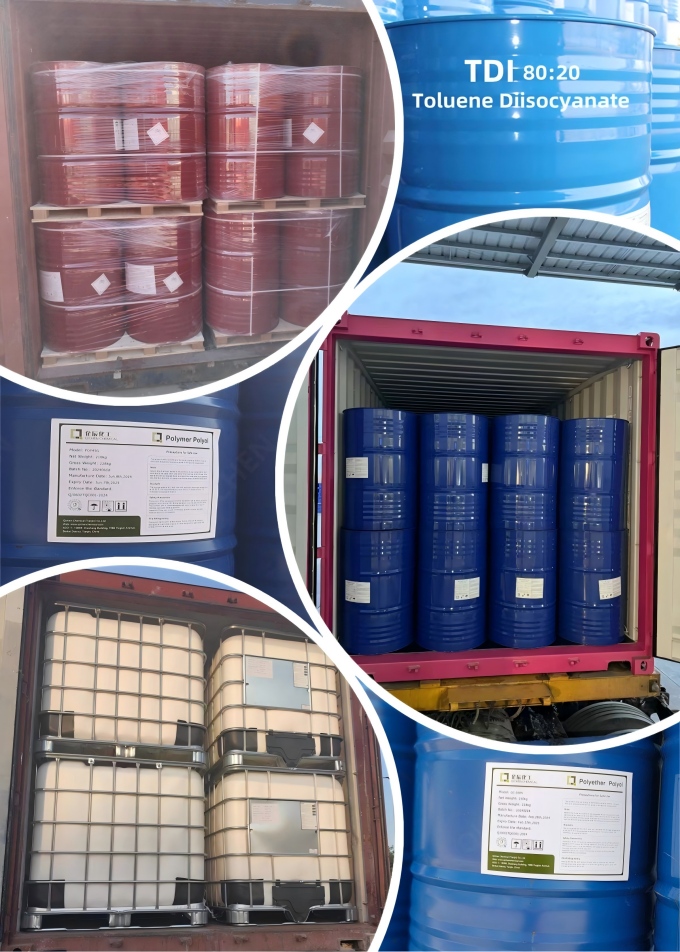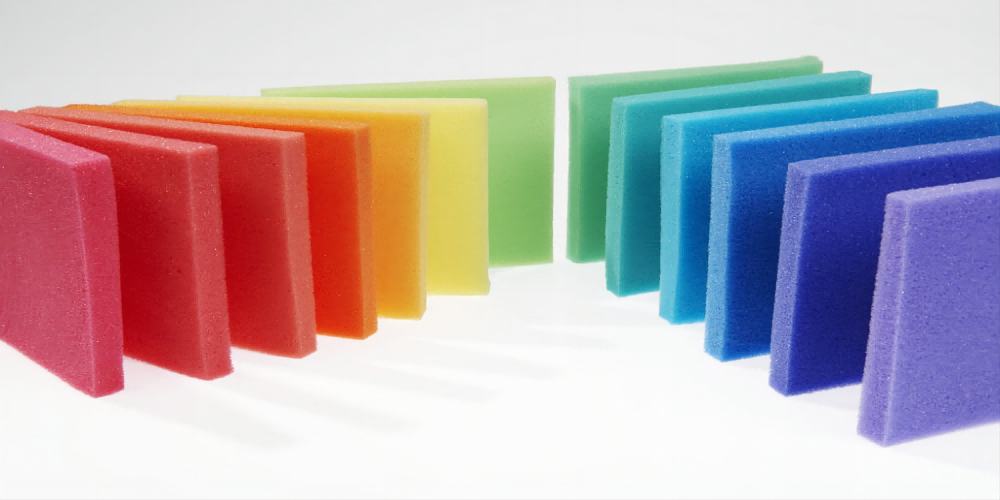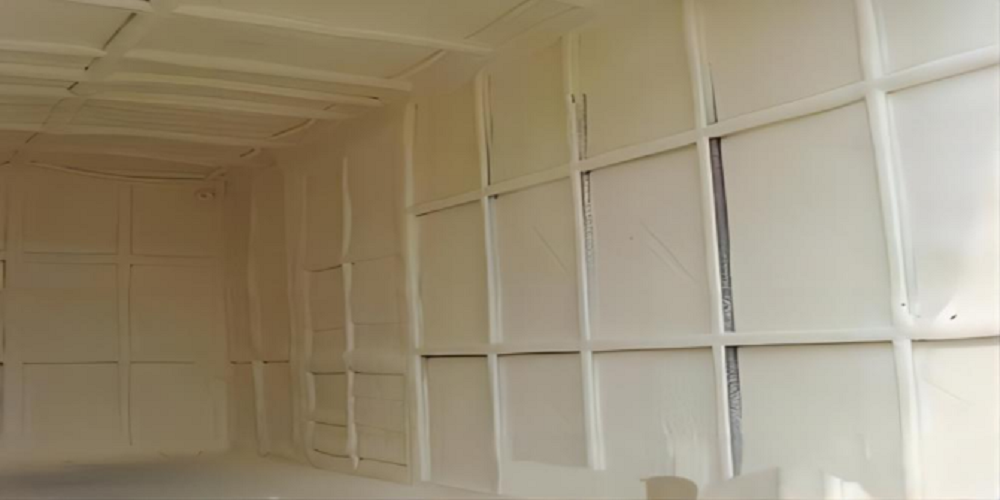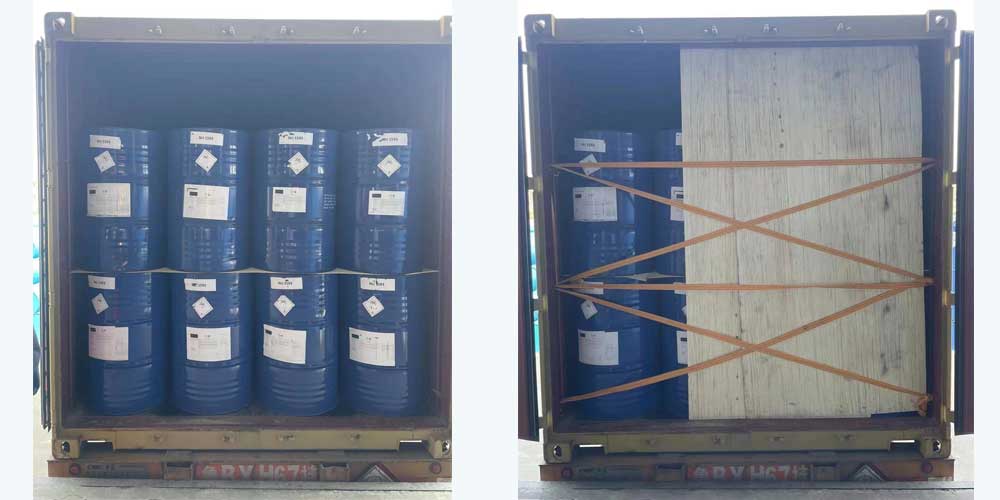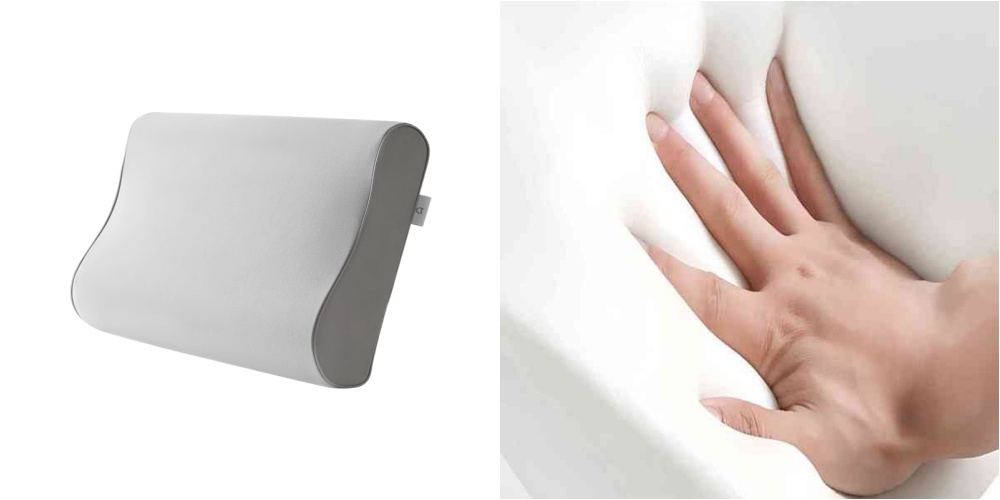
The difference between traditional slow-rebound sponge and inflated slow-rebound sponge.
Slow rebound sponge, affectionately called memory foam, has made a significant impact in fields such as pillows, mattresses, and car seats due to its magical "slow recovery" characteristic, providing users with a unique zero-pressure experience.
This "slowness" is not accidental; the core principle behind it mainly consists of two major technological routes.
1. Traditional slow-rebound: the "intrinsic slowness" of viscous materials.
This technology is fundamentally based on the viscoelasticity of the material itself. It mainly relies on blens of special polyols (such as high hydroxyl polyolss), allowing the polymer chains that make up the sponge to move with difficulty when compressed—having to overcome significant internal friction (high energy loss). It's like moving in thick honey; after being compressed and deformed, it cannot quickly bounce back and takes some time to gradually return to its original state. Its "slowness" comes from the intrinsic viscous friction within the molecular chains of the material.
2. Mainstream slow-rebound of inflation: the 'physical slowness' of trapped air in the structure.
Currently, the mainstream technology in the market is slow rebound inflation. Its essence lies not in the high viscosity of the material itself, but in its unique pore structure. Its cell walls are usually dense and thick, forming countless nearly closed small 'air sacs', with only tiny channels (low opening rate) connecting to the outside or adjacent cells. When external force is applied, air is 'trapped' in these sealed air sacs, causing resistance to gas exchange (air viscosity effect), resulting in a lag in the recovery process and thus exhibiting a noticeable slow rebound effect. Its 'slowness' is a result of the precise structure's physical obstruction to gas flow.
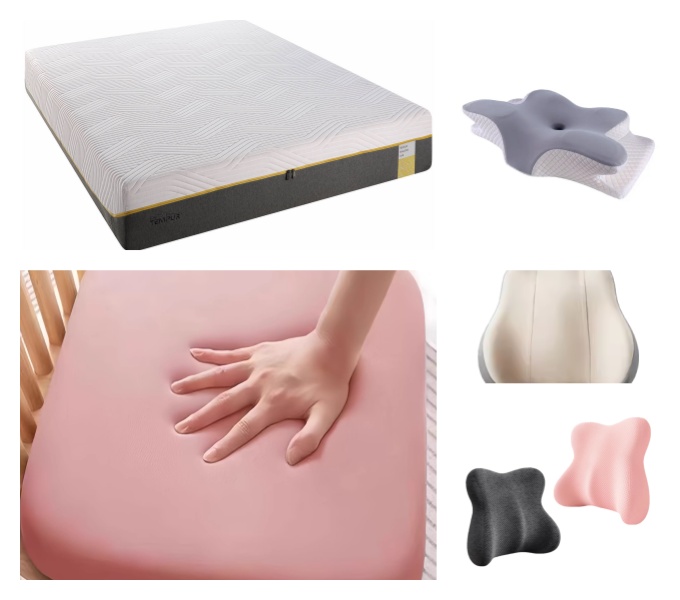
Main application areas of slow-rebound sponge:
1. Comfortable Home:
Pillows/Neck Pillows: Perfectly fit the curve of the head and neck, evenly disperse pressure, significantly relieve cervical fatigue.
2. Mattresses/Cushions/Cushions:
Provide adaptive support, reduce localized pressure on the body, improve comfort during prolonged sitting or lying down, especially suitable for those seeking deep relaxation and stress relief.
3. Medical Care:
Pressure Relief Care: Used in special mattresses and cushions, effectively reduce the risk of pressure sores for patients who are bedridden or in wheelchairs for a long time. It is an important medical auxiliary tool.
4. Automotive Travel:
High-end Seat Filling: Absorbs jolts and vibrations, provides continuous and stable support, greatly enhances driving comfort, especially alleviating fatigue from long-distance driving.
Key choice: Understanding the source of 'slowness' is important. Traditional slow-rebound excels in the material's inherent 'stickiness', whereas mainstream foam slow-rebound wins with the structure's 'trapping'. Regardless of the technology, the goal is to bring you a more tailored and pressure-free comfort experience through the perfect degree of 'delay'.
Qichen has focused on developing monomer polyols, additives and blend polyols suitable for polyurethane high-resilience and slow-rebound sponge foam in the past two years, and has already received high praise from foreign customers in terms of quality and price.
